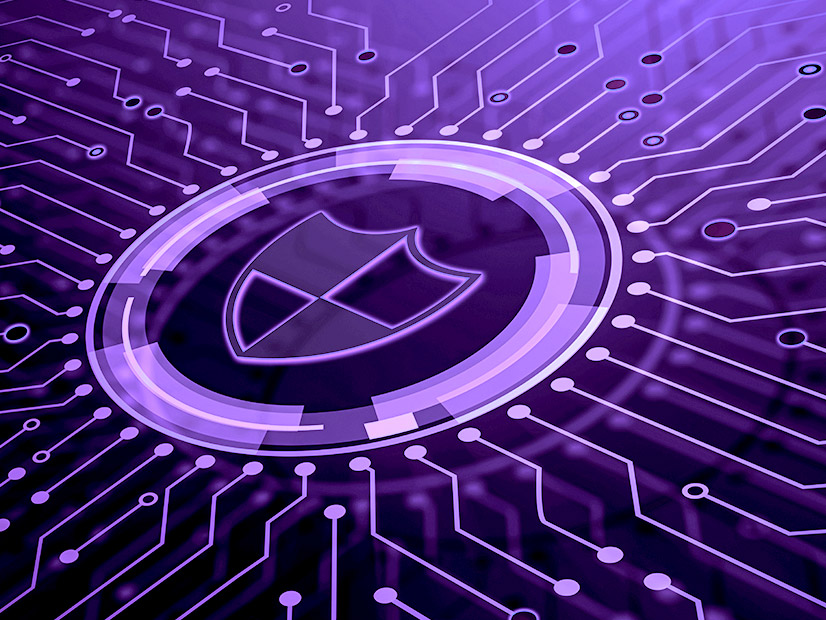NERC Releases CIP Audit Guide for Network Monitors
New Guide Inspired by DOE Initiative
Jun 7, 2021
NERC has introduced a guide to help integrate network monitoring solutions into the ICS and OT networks of electric utilities.




